Home>Gardening & Outdoor>Plant Care & Gardening Tips>Where Is The ZZ Plant Native To?
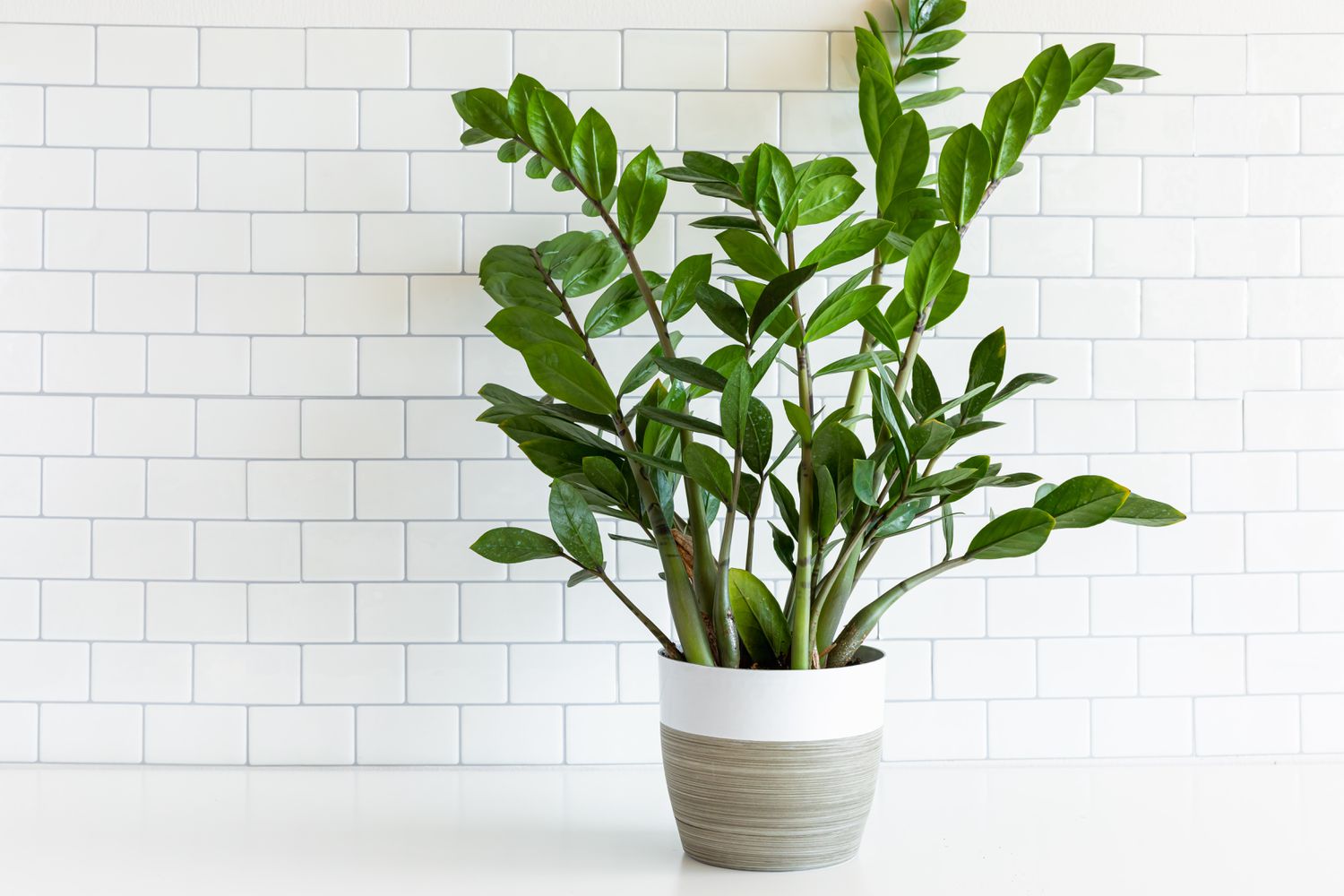

Plant Care & Gardening Tips
Where Is The ZZ Plant Native To?
Published: December 25, 2023
Discover the native habitat of the ZZ plant and get expert plant care and gardening tips to help it thrive in your home. Explore the origins of this popular houseplant!
(Many of the links in this article redirect to a specific reviewed product. Your purchase of these products through affiliate links helps to generate commission for Storables.com, at no extra cost. Learn more)
Introduction
Welcome to the fascinating world of the ZZ plant! If you are a plant enthusiast or just starting your gardening journey, the ZZ plant is a remarkable addition to any indoor or outdoor space. Its unique appearance and low-maintenance nature make it a popular choice for both novice and experienced plant caregivers. In this comprehensive guide, we will delve into the origins, native habitat, and cultivation of the ZZ plant, providing you with valuable insights to help you nurture this extraordinary botanical specimen.
The ZZ plant, scientifically known as Zamioculcas zamiifolia, has garnered a loyal following due to its striking glossy green foliage and its ability to thrive in various environmental conditions. Whether you are seeking to add a touch of greenery to your living room, office, or garden, the ZZ plant's adaptability and resilience make it a versatile and rewarding plant to care for. Join us as we embark on a journey to uncover the secrets of this captivating plant, from its native habitat to practical tips for cultivating and maintaining its lush, vibrant appearance. Let's dive into the world of the ZZ plant and discover the wonders it has to offer!
Key Takeaways:
- The ZZ plant, native to Eastern Africa, thrives in low-maintenance conditions and is perfect for beginners. Its glossy green leaves and air-purifying abilities make it a versatile and visually striking addition to any space.
- By replicating the ZZ plant’s native habitat with bright, indirect light and well-draining soil, you can create an optimal environment for its growth. Its resilience and adaptability make it a delightful and rewarding plant companion for any level of plant caregiver.
Read more: Where Is The Snake Plant Native To
ZZ Plant Overview
The ZZ plant, with its intriguing botanical name Zamioculcas zamiifolia, is a visually stunning and resilient plant that has gained immense popularity among plant enthusiasts and interior decorators. This tropical perennial plant belongs to the Araceae family and is native to Eastern Africa. Its distinctive appearance, characterized by glossy, dark green leaves that emerge from potato-like rhizomes, adds an element of elegance and natural beauty to any space.
One of the most appealing features of the ZZ plant is its adaptability to a wide range of environmental conditions. Whether placed in low light or bright, indirect sunlight, this hardy plant thrives, making it an ideal choice for both indoor and outdoor settings. Additionally, the ZZ plant is renowned for its air-purifying properties, effectively removing toxins from the surrounding air and contributing to a healthier indoor environment.
Another remarkable aspect of the ZZ plant is its low-maintenance nature. It is well-suited for individuals with busy lifestyles or those new to plant care, as it requires minimal attention and can withstand periods of neglect. With the right care and attention, the ZZ plant can flourish and provide years of aesthetic pleasure.
As we continue our exploration of this extraordinary plant, we will uncover its native habitat, shedding light on the environmental conditions that have shaped its unique characteristics. Join us as we delve deeper into the origins of the ZZ plant and gain a deeper understanding of its natural heritage.
ZZ Plant Native Habitat
The ZZ plant, scientifically known as Zamioculcas zamiifolia, is native to the tropical regions of Eastern Africa, specifically found in countries such as Kenya, Tanzania, and Zanzibar. Within these regions, the plant thrives in the understory of forests, where it benefits from dappled sunlight and well-draining, nutrient-rich soil. The natural habitat of the ZZ plant provides valuable insights into its preferred growing conditions and the factors that have influenced its evolution.
In its native environment, the ZZ plant is accustomed to a warm and humid climate, with temperatures ranging from 60°F to 90°F (15°C to 32°C). The consistent warmth and ample moisture in the air contribute to the plant’s lush and vibrant growth. Additionally, the dappled sunlight filtering through the forest canopy provides the ideal light conditions for the ZZ plant, allowing it to thrive without direct exposure to intense sunlight.
The soil in the native habitat of the ZZ plant is well-draining and rich in organic matter, offering a stable foundation for the plant’s rhizomatous growth. This natural setting has influenced the ZZ plant’s ability to store water in its rhizomes, enabling it to withstand periods of drought and thrive in low-maintenance conditions.
Understanding the native habitat of the ZZ plant is essential for successfully cultivating and caring for it in a home or garden setting. By replicating its natural environment to the best of our ability, we can ensure that the plant receives the optimal conditions for healthy growth and development. As we transition to exploring the cultivation of the ZZ plant, we will integrate these insights into practical tips for nurturing this remarkable botanical specimen.
ZZ Plant Cultivation
Cultivating the ZZ plant, scientifically known as Zamioculcas zamiifolia, allows plant enthusiasts to bring a touch of tropical elegance into their homes or gardens. With its low-maintenance nature and striking appearance, the ZZ plant is a rewarding addition to any plant collection. Whether you are a seasoned gardener or new to plant care, the following insights will guide you in nurturing this resilient botanical gem.
Light and Temperature
When cultivating the ZZ plant, it is essential to provide it with bright, indirect light. While the plant can tolerate low light conditions, it thrives when exposed to moderate levels of indirect sunlight. Avoid placing the ZZ plant in direct sunlight, as this can lead to leaf scorching. In terms of temperature, the ZZ plant prefers a warm environment, with temperatures ranging from 65°F to 75°F (18°C to 24°C). It can tolerate slightly cooler temperatures, but it is sensitive to frost and should be protected from cold drafts.
Read more: Where Is Ice Plant Native To
Watering and Soil
The ZZ plant is well-suited for individuals who may forget to water their plants occasionally. It thrives in slightly dry conditions and is susceptible to root rot if overwatered. Allow the soil to dry out partially between waterings, ensuring that excess water can drain freely from the pot. A well-draining potting mix, such as a combination of peat, perlite, and coarse sand, provides an ideal growing medium for the ZZ plant. Additionally, incorporating organic matter into the soil can mimic the nutrient-rich environment of its native habitat.
Humidity and Air Circulation
While the ZZ plant can adapt to average indoor humidity levels, it benefits from occasional misting to simulate the humid conditions of its tropical origins. Adequate air circulation is also important for preventing fungal issues and maintaining the overall health of the plant. Positioning the plant in a location with good air movement, such as near a gentle fan, can contribute to its well-being.
Propagation and Repotting
Propagating the ZZ plant can be achieved through division, where rhizomes or leaf cuttings are separated and planted in separate containers. Repotting should be done infrequently, as the ZZ plant prefers to be slightly root-bound. When repotting is necessary, use a slightly larger container and fresh, well-draining soil to accommodate the plant’s rhizomatous growth.
By incorporating these cultivation practices, you can create an optimal environment for the ZZ plant to thrive, showcasing its glossy green foliage and contributing to the aesthetic appeal of your living space or garden. The resilience and adaptability of the ZZ plant make it a delightful addition to any plant collection, enriching the surroundings with its tropical allure.
Conclusion
The ZZ plant, with its captivating beauty and remarkable resilience, has captivated plant enthusiasts and interior decorators alike. As we conclude our exploration of this extraordinary botanical specimen, we have gained valuable insights into its origins, native habitat, and cultivation. From the tropical regions of Eastern Africa to homes and gardens around the world, the ZZ plant continues to thrive, bringing a touch of natural elegance and air-purifying benefits to diverse environments.
Understanding the native habitat of the ZZ plant has provided us with a deeper appreciation for its adaptability and low-maintenance nature. By replicating its preferred growing conditions, we can create an environment where the ZZ plant flourishes, showcasing its glossy green foliage and contributing to a healthier indoor atmosphere. The plant’s ability to thrive in various light conditions, tolerate infrequent watering, and withstand neglect makes it an ideal choice for individuals seeking a resilient and visually striking plant companion.
As we have explored the cultivation of the ZZ plant, we have uncovered practical tips for nurturing and caring for this botanical gem. From providing the right light and temperature conditions to maintaining well-draining soil and occasional misting, cultivating the ZZ plant offers a rewarding experience for plant caregivers of all levels. Its propagation and repotting processes further enhance its appeal, allowing individuals to expand their plant collection and share the beauty of the ZZ plant with others.
Whether adorning a living room, office space, or outdoor garden, the ZZ plant adds a touch of tropical allure and natural elegance to any setting. Its glossy green foliage, air-purifying properties, and adaptability make it a versatile and captivating plant companion. By embracing the insights shared in this guide, you can embark on a journey of nurturing and appreciating the unique qualities of the ZZ plant, creating a harmonious and visually appealing environment for yourself and those around you.
As you continue your plant care journey, may the resilience and beauty of the ZZ plant inspire you to explore the wonders of the natural world and cultivate a deeper connection with the botanical treasures that enrich our lives.
Frequently Asked Questions about Where Is The ZZ Plant Native To?
Was this page helpful?
At Storables.com, we guarantee accurate and reliable information. Our content, validated by Expert Board Contributors, is crafted following stringent Editorial Policies. We're committed to providing you with well-researched, expert-backed insights for all your informational needs.
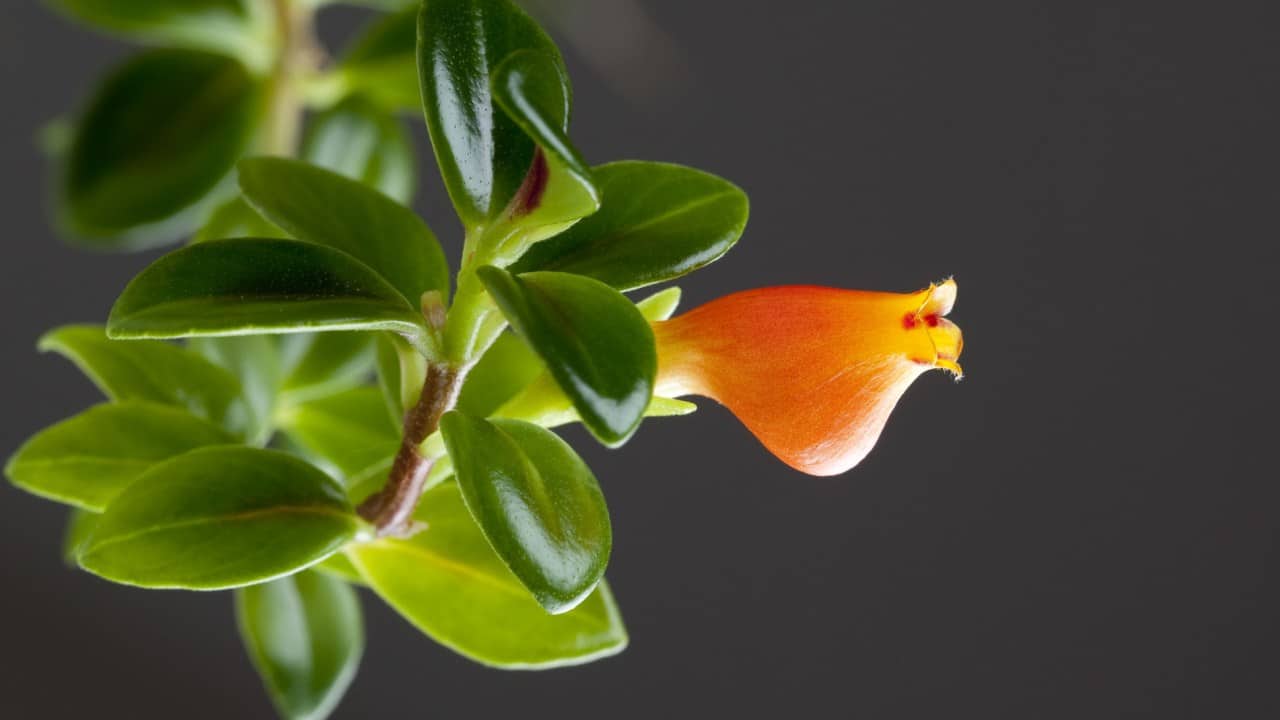
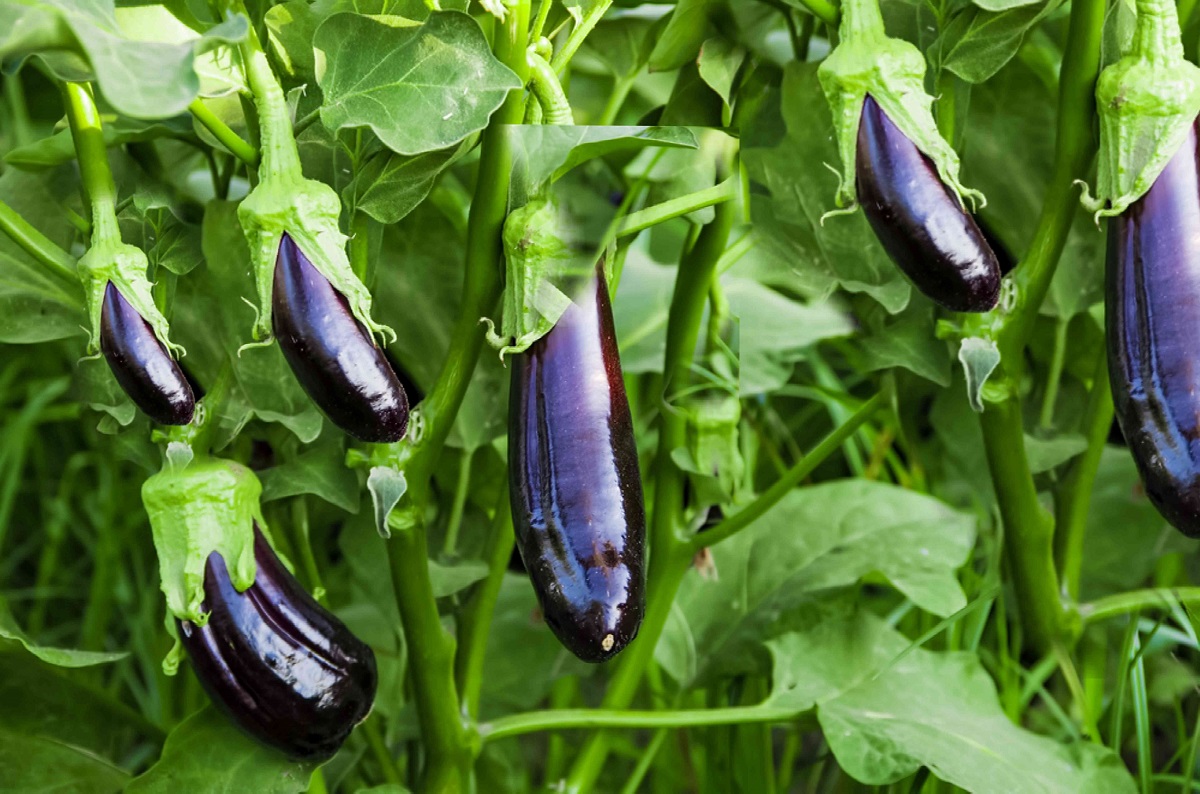
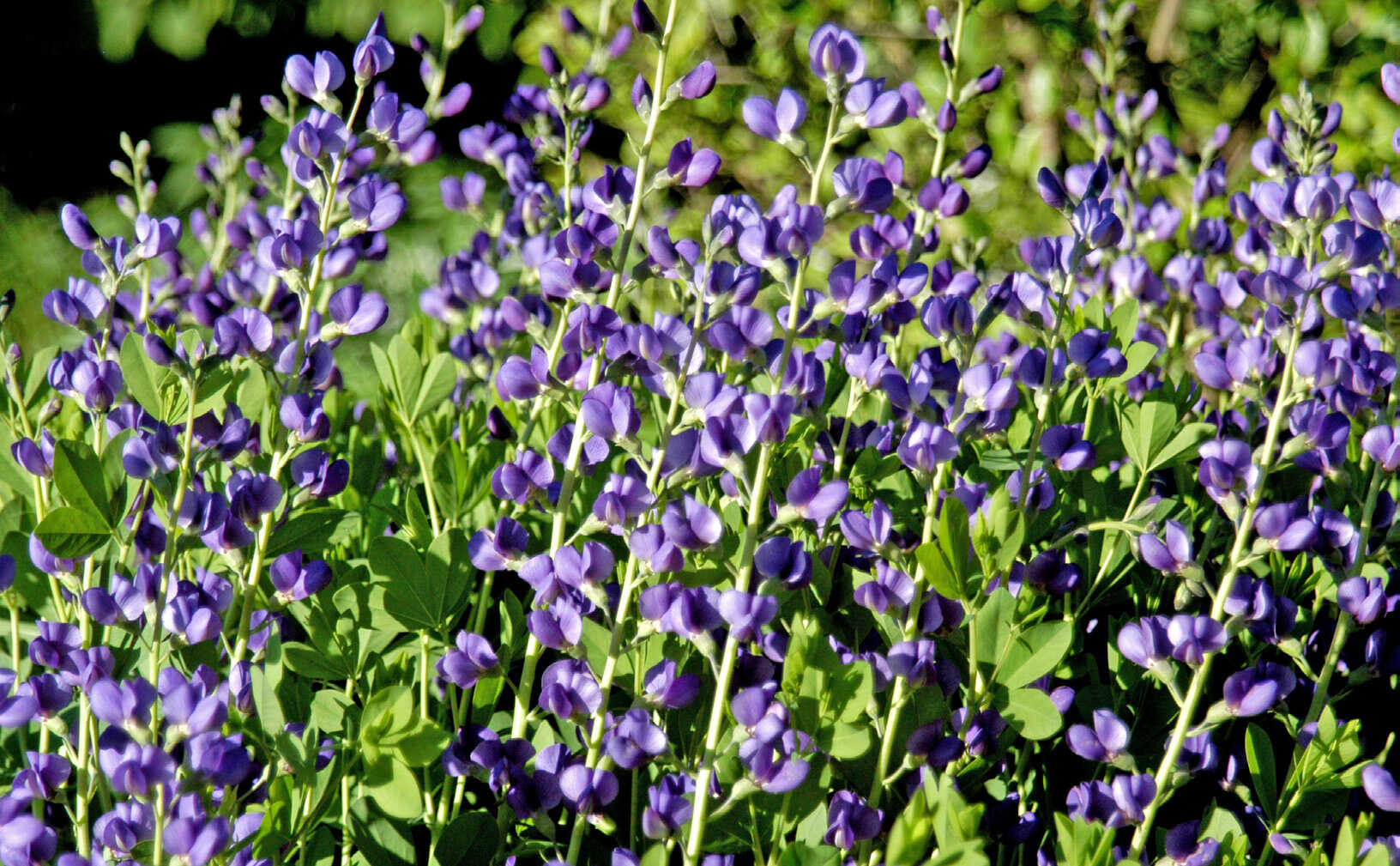
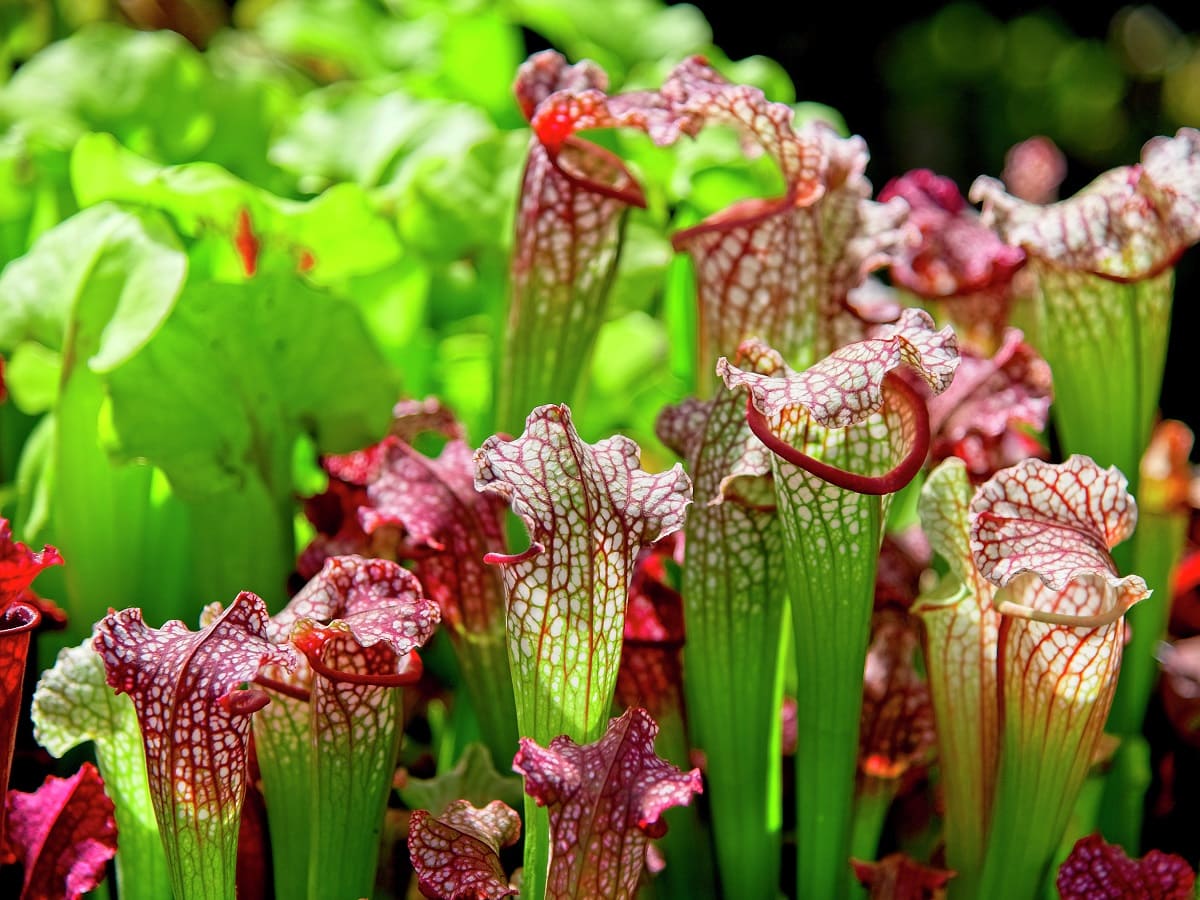

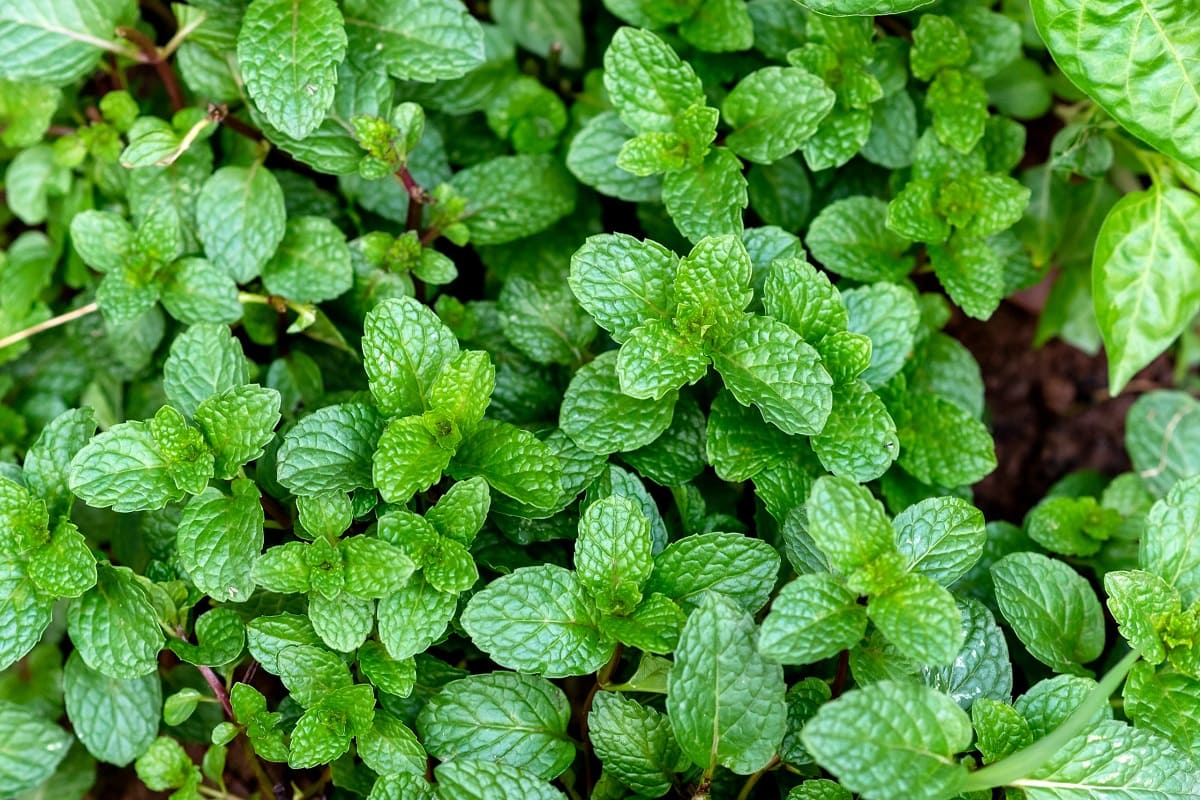

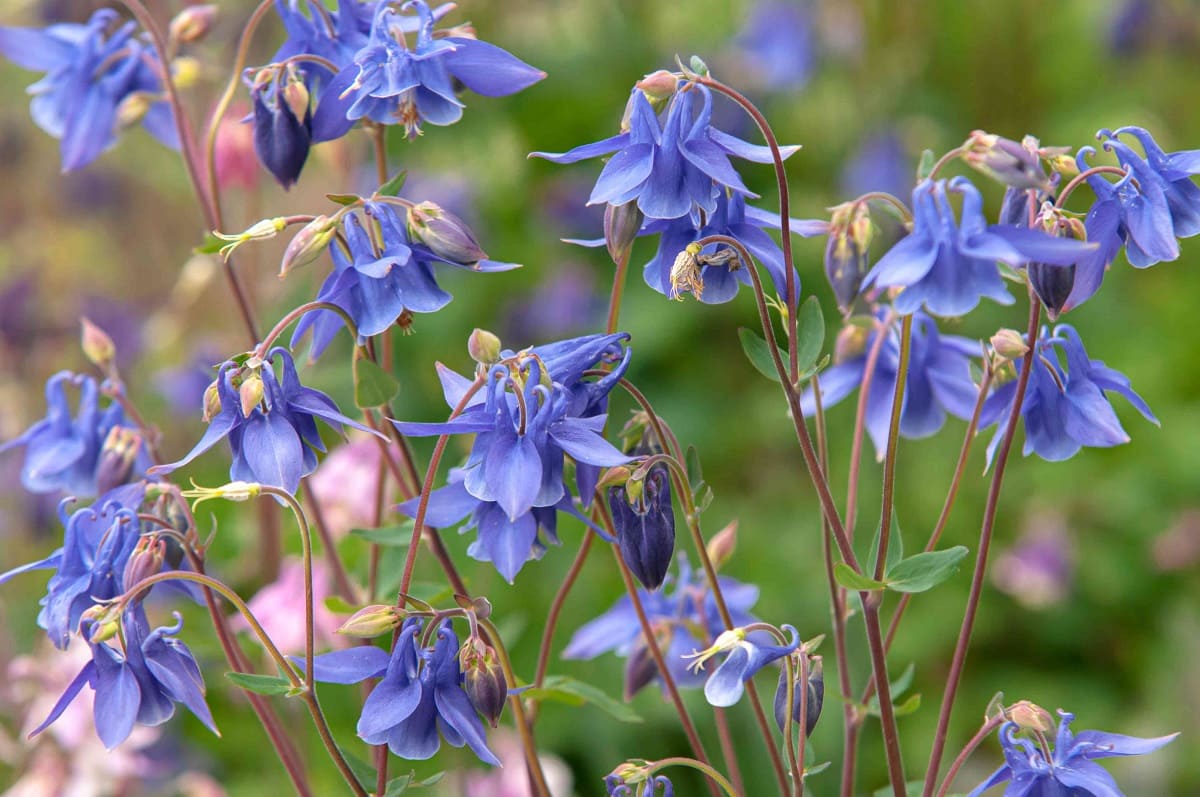
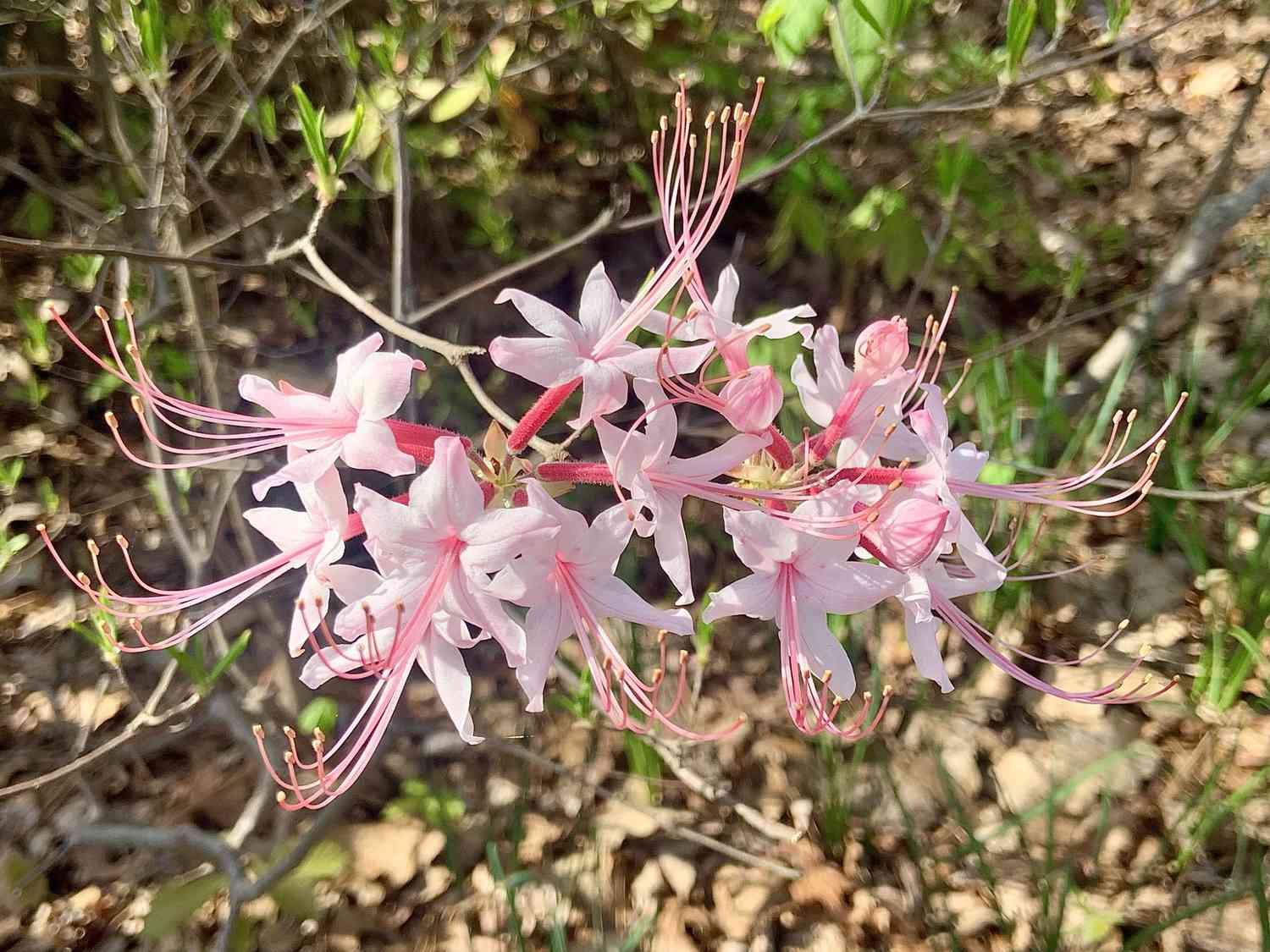
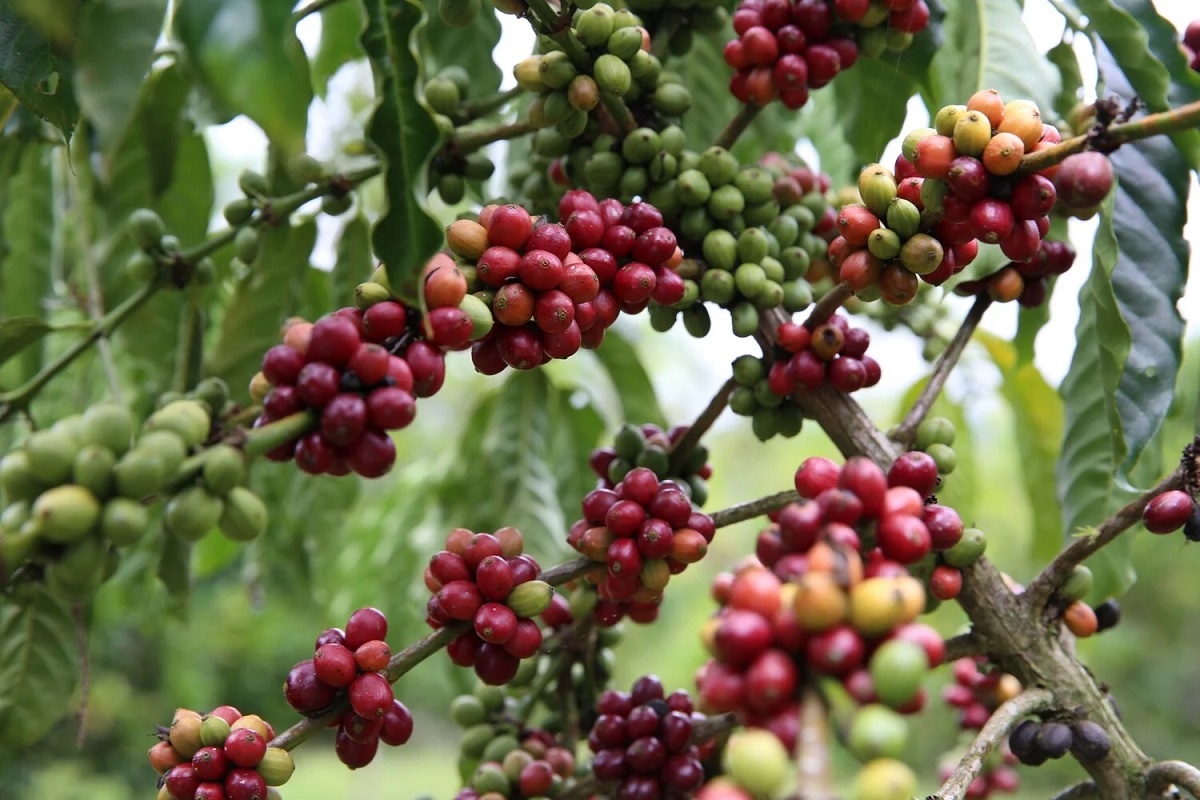





0 thoughts on “Where Is The ZZ Plant Native To?”